KINGWELLE crankshaft – high-end ‘made in Germany’ – only the best is good enough
QUALITY³
‘Kingwelle’ crankshafts are among the very best crankshafts available on the market. Manufactured piece by piece with absolute precision on high-end machinery by the racing-enthusiastic Cramer brothers. The extremely powerful engines, as used by the two of them personally in Vespa acceleration races, require absolutely top-quality material for rear-wheel power above 70 hp. As a top priority, they only sell what meets their own extremely high standards. The best is just good enough for them. This gives you the reassuring security of always being on the safe side with a Kingwelle and always receiving 150 percent quality.
-
Professional racing crankshaft
-
Made in Germany from high-strength plus tempered material
-
For Vespa PX125/150 and PX200
-
Available with 60mm, 62mm or 62mm stroke
-
Available with connecting rod lengths
-
110mm (Quattrini M1X, Malossi MHR177/187, BGM177)
-
116mm (Malossi Sport/MHR210/221)
-
128mm (Quattrini M244)
-
-
Maximum torsion resistance
-
Fine thread M12x1mm
-
Extra large crank webs (crankcase must be spindled out to Ø100mm on both sides)
WHICH HUB?
The crankshafts are available with a stroke of 60, 62 and 62mm.
The larger the stroke, the larger the achievable displacement.
For example, a Quattrini 244 can be turned into a 265cc cylinder with a 65mm stroke crankshaft.
BELL HOUSING OR FULL CHEEK?
BELL SHAFT
Bell shafts are ideal for engine cases with a limited intake area (standard engine cases). Due to their design, bell shafts offer a greatly increased time cross-section at the intake and also enable very high power output here. Due to their design, they are lighter (300gr.) than the full cheeks and also cheaper, as they do not require expensive tungsten weights for perfect balancing.
FULL-CROWN
For engines based on a Malossi engine case (or a comparable engine case where the intake is located BEFORE the crankshaft), the full-crankcase crankshafts are a very good choice. In this case, the increased pre-compression provides good support for cylinder charging even without exhaust support. Especially when using so-called box exhaust systems, engine concepts with enormously high and early torque can be realized. But the Kingwelle solid cheek shafts also offer a perfect mechanical basis for fully built high-end engines due to their higher weight (+300gr.). The balance between piston weight and crankshaft weight is significantly improved. Due to the higher pre-compression, even with a strong resonance exhaust system (POSCH Racing Resi) there is also a very nice linear power curve even in the lower speed range.
FEATURES OF THE PX KINGWELLEN
Torsional rigidity
Due to the peculiarities of the Vespa engine and its relatively small crankshaft dimensions, every detail is important for a powerful crankshaft.
One example of this is the crankshaft crankpin, which is manufactured to an oversize length
; conventional manufacturers manufacture the crankpin to the width that the crankshaft should ultimately have. Chamfers are turned onto the ends to make it easier to press in. However, this width of the chamfer is then missing from the total width of the available pressing surface. King shaft crankshafts are therefore given a crankpin which is wider than the crankshaft should ultimately be. Chamfers are also applied here to press in the journal. After the shaft has been pressed together, however, the crankpin protrudes on both sides, as does the chamfer of the journal. In a special process, the protruding (hardened!) crankpin mounted in the shaft is now ground down to the dimension of the crankshaft. With this great effort, Kingwelle achieves the maximum possible pressing surface of the crankpin. Together with the exceptional crankshaft base material mentioned above, Kingwelle is also able to realize a narrow press dimension of the journal. This greatly increases the torsional rigidity of the crank webs in relation to each other (THE weak point of conventional Vespa crankshafts).
This alone makes the Kingwelle crankshafts clearly superior to all other concepts.
Thanks to the very good base material, another weak point of conventional Vespa crankshafts has also been eliminated: the crankshaft stubs. On Piaggio (and all other ‘normal’ crankshafts), the crankshaft stub on the clutch side is provided with a very deep, crescent-shaped cut-out ex works. This makes it vulnerable on powerful engines.
Kingwelle’s solution is a long flat key. This gives the already very solid crankshaft stub a clear advantage over all conventional crankshafts.
THREAD
Another massive plus point is the use of a fine thread (M12x1.00).
The combination of good material and the resulting possibility of using a fine thread increases the contact pressure twice over
:
-
the fine pitch thread has a significantly higher contact pressure and self-locking effect with the same tightening torque
-
Thanks to the excellent crankshaft material and the subsequent heat treatment, a higher tightening torque than specified by Piaggio is possible despite the fine pitch thread (recommendation King shaft 60-80Nm)
This means that the clutch and pole wheel are much tighter than with the conventional threads provided by Piaggio (M12x1.50 or M12x1.25).
FASE/U-SCHEIBE COUPLING
To further increase the load-bearing capacity of the crankshaft stub on the clutch side, a larger radius (3mm) is used at the transition from the stub to the bearing seat on the crankshaft. A special washer is therefore required between the crankshaft/crankshaft bearing and the clutch. This is also manufactured by Kingwelle itself and offers a further advantage that should not be neglected. Original washers can break, especially the original Piaggio washers with teeth for the models with oil pump are notorious for this. The washer from Kingwelle is made from 100CR6 and hardened and tempered to HRC55. This makes it perfect for its intended purpose of keeping the crankshaft under slight preload in the bearing (there is no known case in which such a washer from Kingwelle has ever broken).
PLEUEL
Kingwelle only uses high-quality connecting rods. It depends on the desired connecting rod size from which manufacturer they are available. The only decisive factor for Kingwelle is that they can withstand the enormously high loads of today’s engine concepts. They test this themselves in advance and only select and use 100% top-quality material. If you take a closer look at a Kingwelle, you will also notice that the thrust washers on the lower connecting rod bearing are significantly thicker than usual. This is possible due to a design trick and significantly improves the durability of the bearing. Kingwelle uses longer connecting rods than usual. This improves the connecting rod ratio (ratio of stroke to connecting rod length) and the pre-compression ratio. Thanks to the longer connecting rod, the control angle in particular can be kept within reasonable limits despite the increased stroke without having to turn the cylinder at the bottom of the cylinder base.
CONCLUSION
All the design improvements have resulted in one of the most powerful crankshafts for PX engines. Last but not least, the King shaft is extremely smooth-running thanks to its precise assembly and alignment. The shafts are painstakingly aligned by hand to approx. 1/100mm concentricity. As a result, they run extremely smoothly and enable full engine power to be achieved and transferred to the road.
PLEASE NOTE
Many engine concepts in the Vespa PX range also reach speeds of over 10000 rpm up to 13000 rpm. Therefore, the clutch and flywheel on the crankshaft must be balanced. This point is often not given sufficient attention and can lead to serious damage.
The stroke and the longer connecting rod must be compensated for by appropriate spacers on the cylinder head or cylinder base. This also ensures that the cylinder timing angles are ideally matched to the engine concept.
ATTENTION
This is a tuning product! The durability of the engine is strongly influenced by this, the risks cannot be estimated. Material damage and damage to life and limb as well as damage to third parties are to be feared. The installation and operation of a tuned engine is the sole legal responsibility of the purchaser of the tuning products!
To watch YouTube videos, please accept the cookies for external media
Open cookie settings

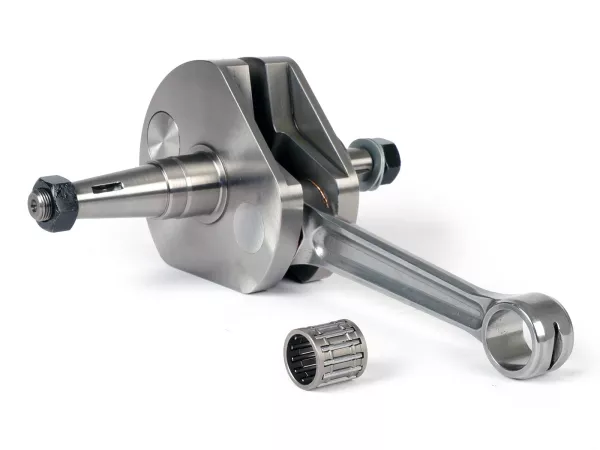

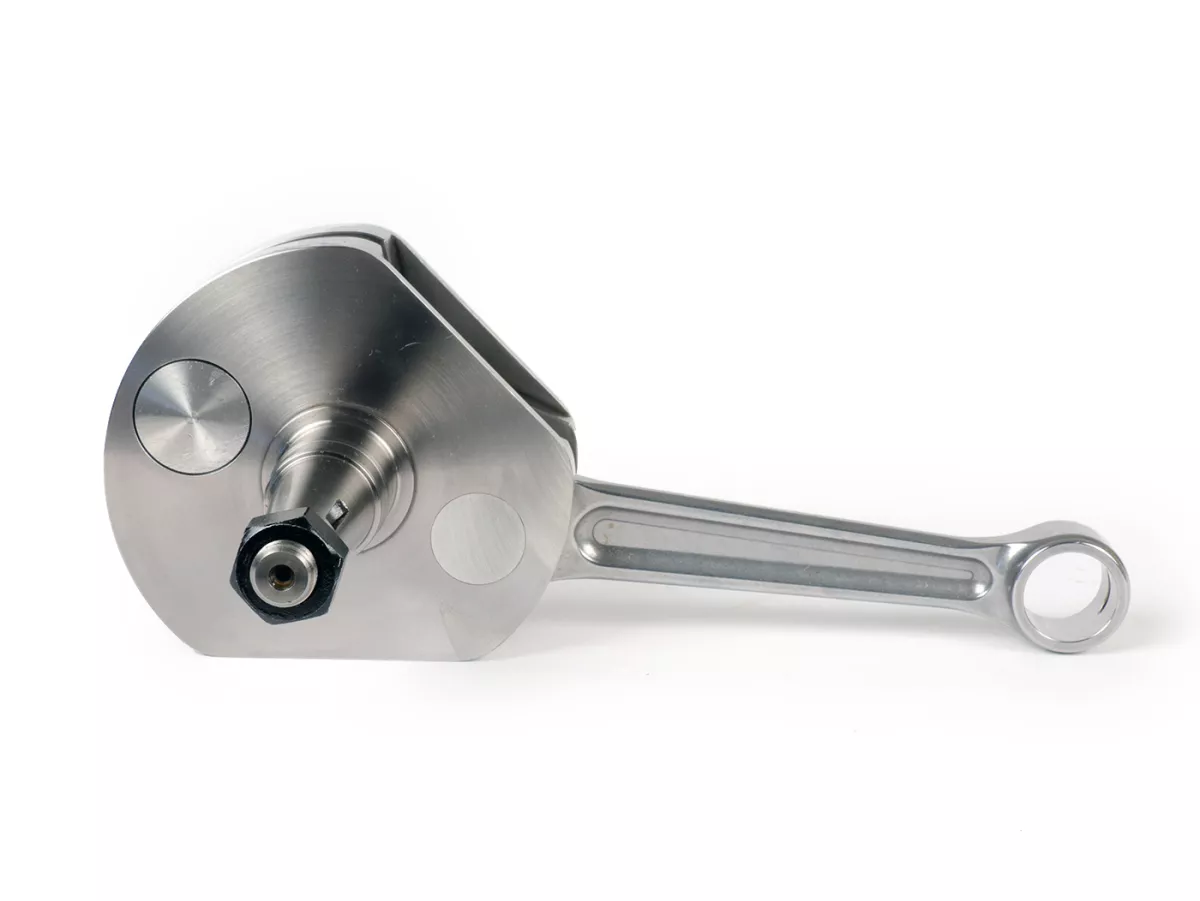
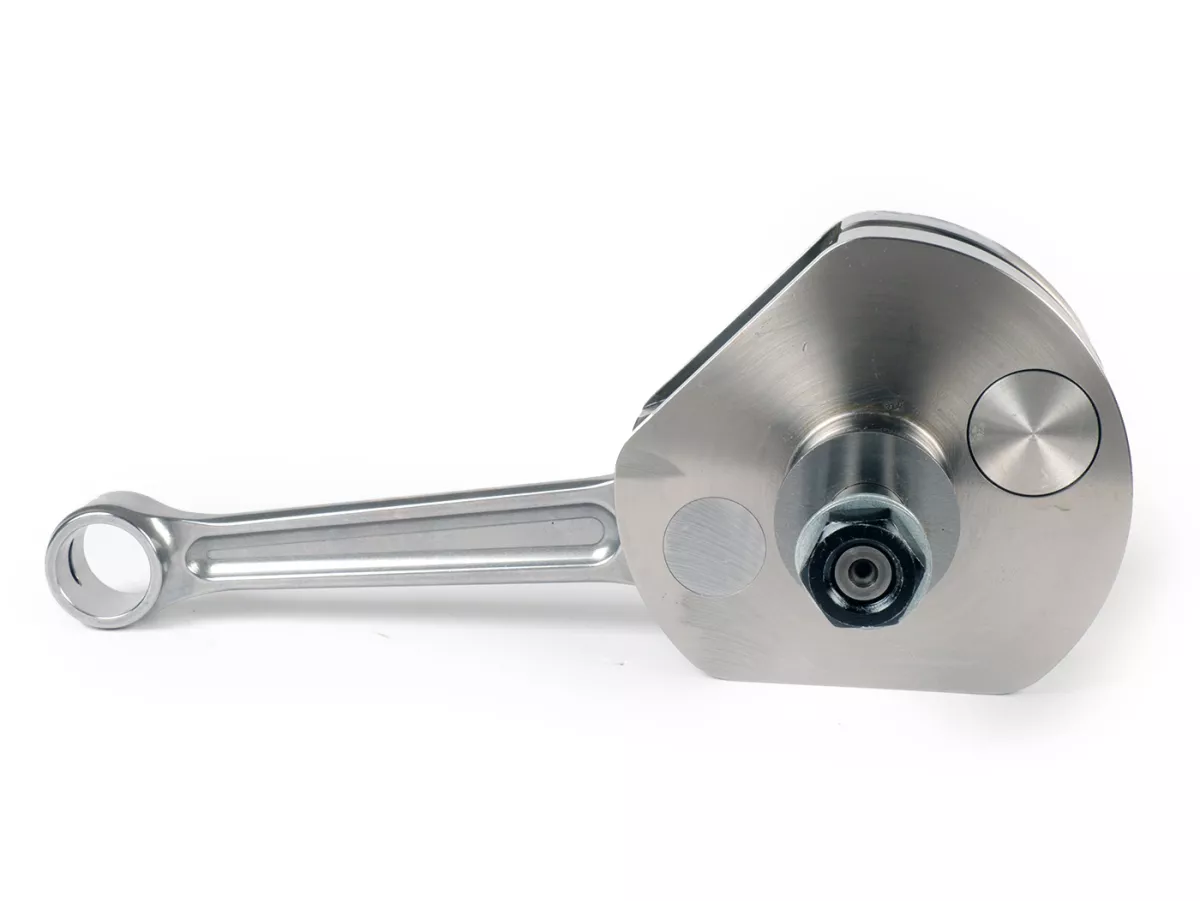

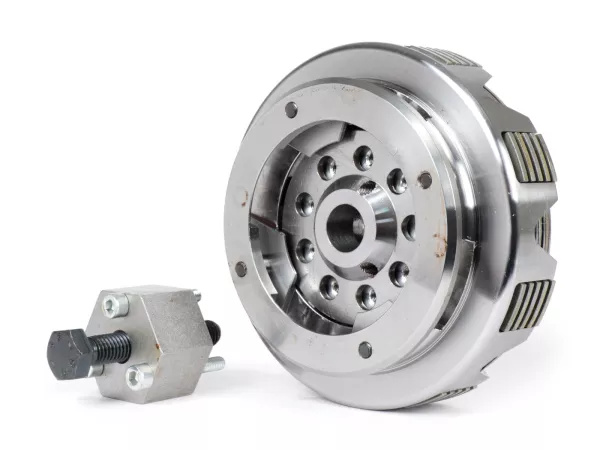
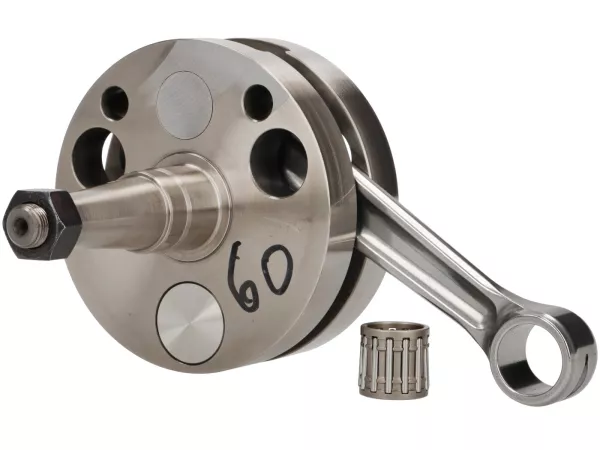
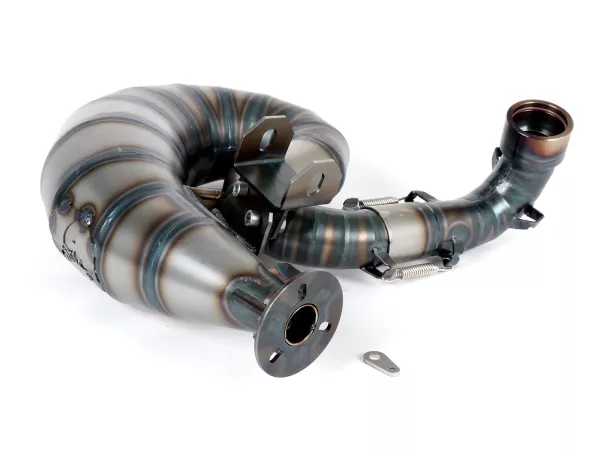
Reviews
There are no reviews yet.